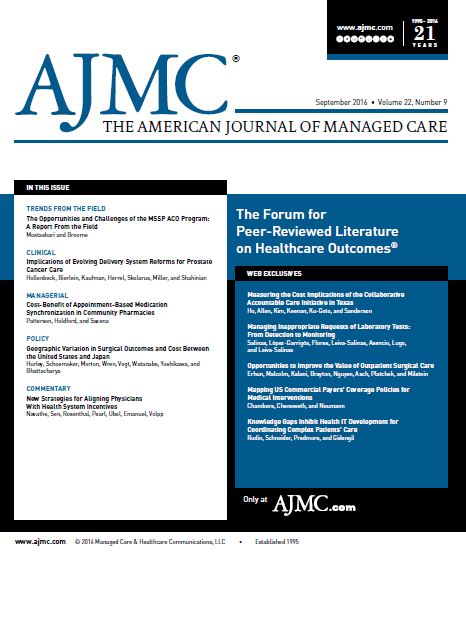J. Bousquet, P. W. Hellings, I. Agache, A. Bedbrook, C. Bachert, K. C. Bergmann, M. Bewick, C. Bindslev-Jensen, S. Bosnic-Anticevitch, C. Bucca, D. P. Caimmi, P. A. M. Camargos, G. W. Canonica, T. Casale, N. H. Chavannes et al.
Open Access Review
Abstract
The Allergic Rhinitis and its Impact on Asthma (ARIA) initiative commenced during a World Health Organization workshop in 1999. The initial goals were (1) to propose a new allergic rhinitis classification, (2) to promote the concept of multi-morbidity in asthma and rhinitis and (3) to develop guidelines with all stakeholders that could be used globally for all countries and populations. ARIA—disseminated and implemented in over 70 countries globally—is now focusing on the implementation of emerging technologies for individualized and predictive medicine. MASK [MACVIA (Contre les Maladies Chroniques pour un Vieillissement Actif)-ARIA Sentinel NetworK] uses mobile technology to develop care pathways for the management of rhinitis and asthma by a multi-disciplinary group and by patients themselves.





